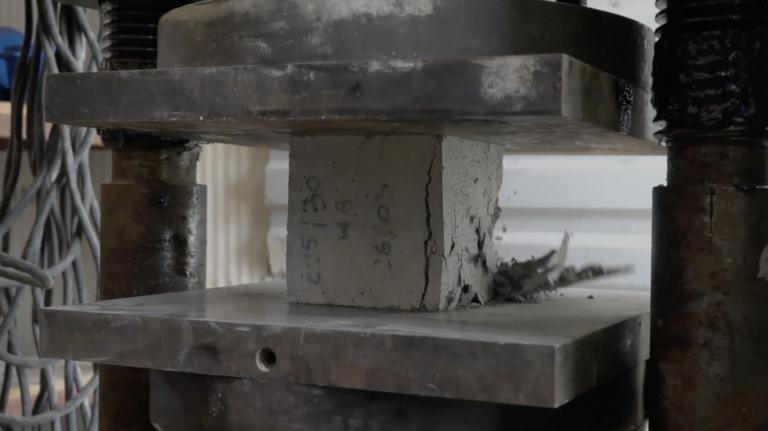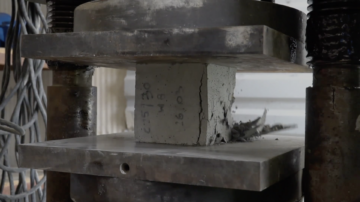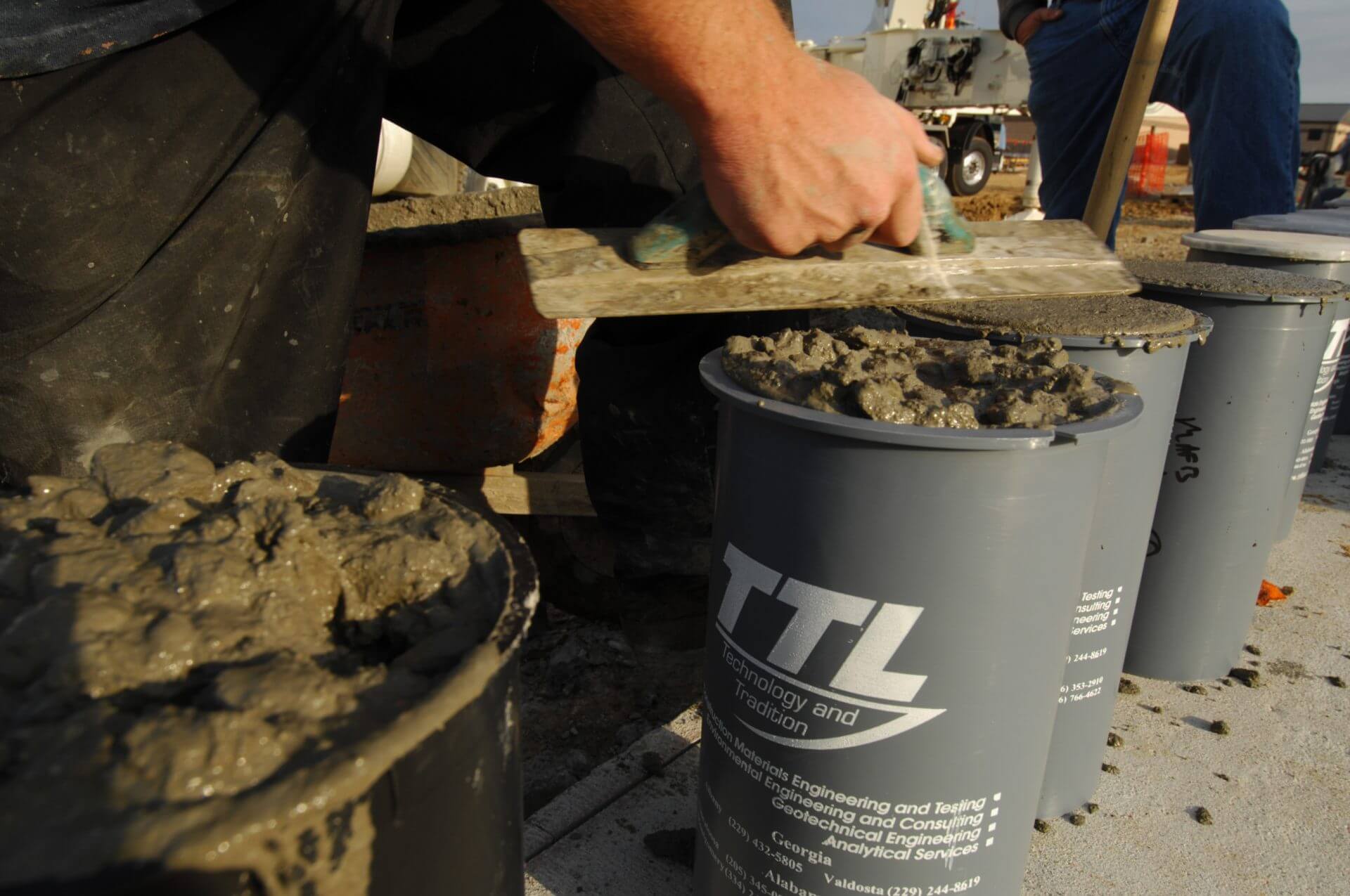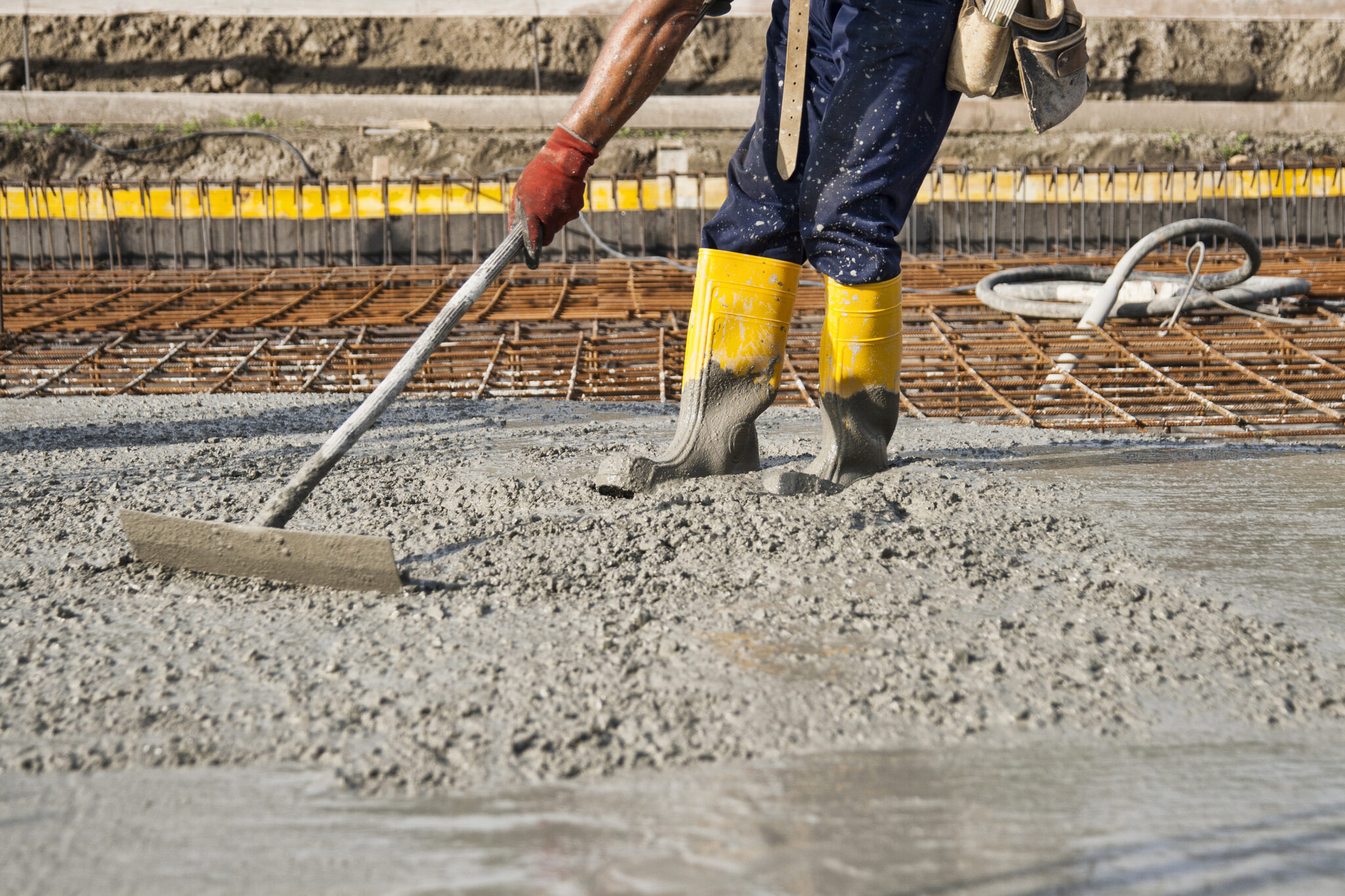When it comes to testing concrete strength, the concrete cube test is the gold standard across the UK. For years, it has been the go-to method for contractors and engineers to ensure their concrete meets the necessary compressive strength requirements. However, as effective as this test has been, it comes with some challenges that slow down projects and can lead to unnecessary costs. In this blog, we’ll take a deep dive into the concrete cube test. We will discuss the common frustrations contractors face and explore why modern technology can reduce those headaches.
Explore 12 Futuristic Technology Trends Solving Concrete's Biggest Challenges.
What Is the Concrete Cube Test?
The concrete cube test is a destructive testing method used to determine the compressive strength of hardened concrete. The process is straightforward:
- Fresh concrete is poured into steel moulds, forming concrete cubes.
- The cubes are left to cure for a specified period (usually 7, 14, or 28 days).
- After curing, the cubes are crushed to measure their compressive strength.
This test is a critical part of quality control on construction sites and is widely accepted due to its simplicity and reliability. However, despite its widespread use, the concrete cube test procedure is not without its challenges.
Interested in reading more about concrete strength measurement? Click here.
The Challenges of the Cube Test
While the cube test has been the backbone of concrete strength testing in the UK, it presents a few significant pain points that can cause frustration and delays on-site.
- Time Delays
One of the most frustrating aspects of the cube test is the waiting period. Results are typically available after 7 to 28 days, depending on the curing period. This means that projects often grind to a halt while contractors wait for test results to confirm whether the concrete has met the required strength. If the test results come back unsatisfactory, further delays occur as contractors scramble to assess the issue and plan remediation efforts.
- Test Environment Discrepancies
The cubes used in the test typically cure in ideal conditions, which can differ greatly from the actual conditions of the concrete on-site. In real-world scenarios, concrete is exposed to varying temperatures, humidity, and even unexpected weather events. These differences mean that the strength of the cube in a lab might not accurately represent the strength of the concrete in the structure itself.
- Costly Mistakes
The risk of human error during the cube preparation process, curing, or testing can lead to inaccurate results. And when a batch fails the test, it can result in costly project delays, material wastage, and even disputes with clients.
- Increased Labour and Handling
The cube test requires significant manual handling. From casting the cubes to transporting them to a lab for testing, this method demands time and labour, adding to the operational costs and increasing the chance of human error along the way.
Is It Time to Modernise the Test?
Given the reliance on the concrete cube test, many in the industry might wonder if it’s time for a change. With advancements in technology, modern solutions like wireless maturity and temperature sensors are offering an attractive alternative to the traditional cube test, reducing delays and providing more accurate, real-time insights into concrete strength development.
Here’s why these modern solutions are gaining traction:
- Real-Time Data
Instead of waiting weeks for cube test results, wireless sensors embedded in the concrete can provide real-time data on the curing and strength development of the concrete. This allows you to make decisions on-site without the long waiting periods, reducing delays and keeping the project moving forward.
- More Accurate, On-Site Results
Unlike the cube test, which relies on samples cured under lab conditions, wireless sensors measure the actual concrete used in the structure. This means you get a clearer picture of how the concrete is performing in the specific conditions. This provides more accurate data for decision-making.
- Reduced Human Error
The automated nature of wireless systems reduces the risk of human error, ensuring that data is captured consistently and accurately. And since these sensors are easy to install and monitor, they also reduce the need for additional labour on-site.
- Cost Savings
By eliminating the need for excessive manual handling and waiting times, wireless technology can significantly cut down on labour and material costs. And with real-time data at your fingertips, you can prevent issues before they lead to costly delays or project overruns.
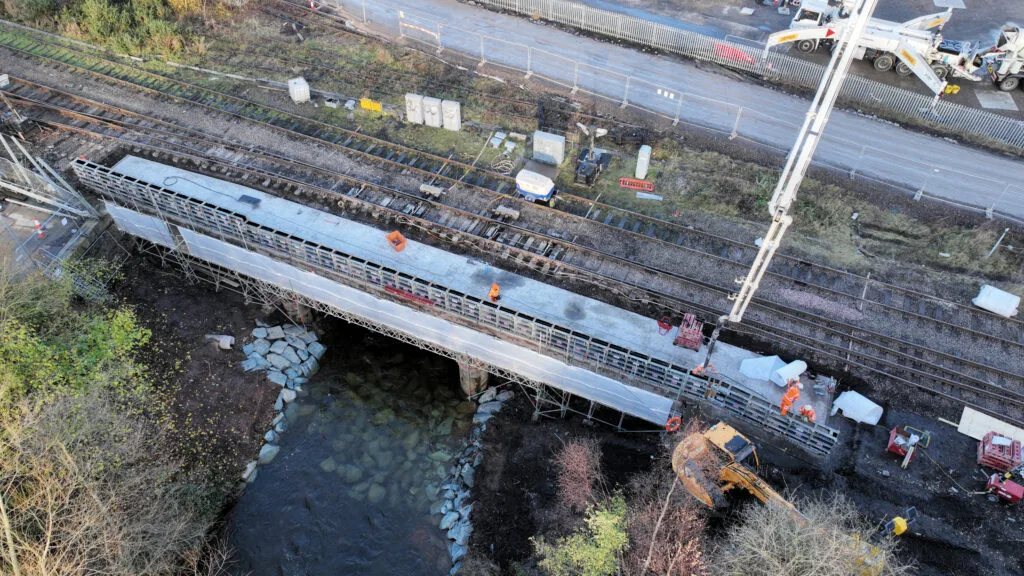
Case Study: A Better Alternative to Cube Testing
Let’s consider a typical project in the UK. Tasked with pouring concrete for a new structure during a cold, damp autumn, you follow all the necessary steps, cast your cubes, and wait for the results. However, after 7 days, you receive the test results, and the strength is below the requirements. The cube test results show a problem, but your concrete was exposed to different environmental conditions than the lab.
With wireless sensors, you could have tracked the curing process of the actual structure in real time. This would have allowed you to catch the issue earlier and make adjustments. This would have saved time, money, and the headache of dealing with project delays.
Why Contractors Should Look Beyond the Cube Test
There’s no doubt that the concrete cube test has served the industry well for decades. But as project timelines shorten and budgets tighten, contractors need faster, more reliable solutions. Wireless maturity and temperature sensors offer a modern, efficient alternative to the traditional cube test. This allows you to speed up your projects while maintaining high standards of quality.
Build faster, smarter, and more sustainably in 2025 with our free Tip Sheet!
Conclusion
The concrete cube test has been a staple of the construction industry in the UK, providing a reliable (albeit slow) method of testing concrete strength. However, the challenges of waiting periods, environmental discrepancies, and human error are becoming more apparent as construction projects become more complex and demanding.
Tired of waiting for cube test results and dealing with the potential for costly delays? It’s time to consider a better way. Wireless maturity and temperature sensors offer faster, more accurate, and more reliable testing methods that can keep your projects on track and your clients satisfied.
The future of concrete testing is here—why stick with old methods when you can have real-time results today?
